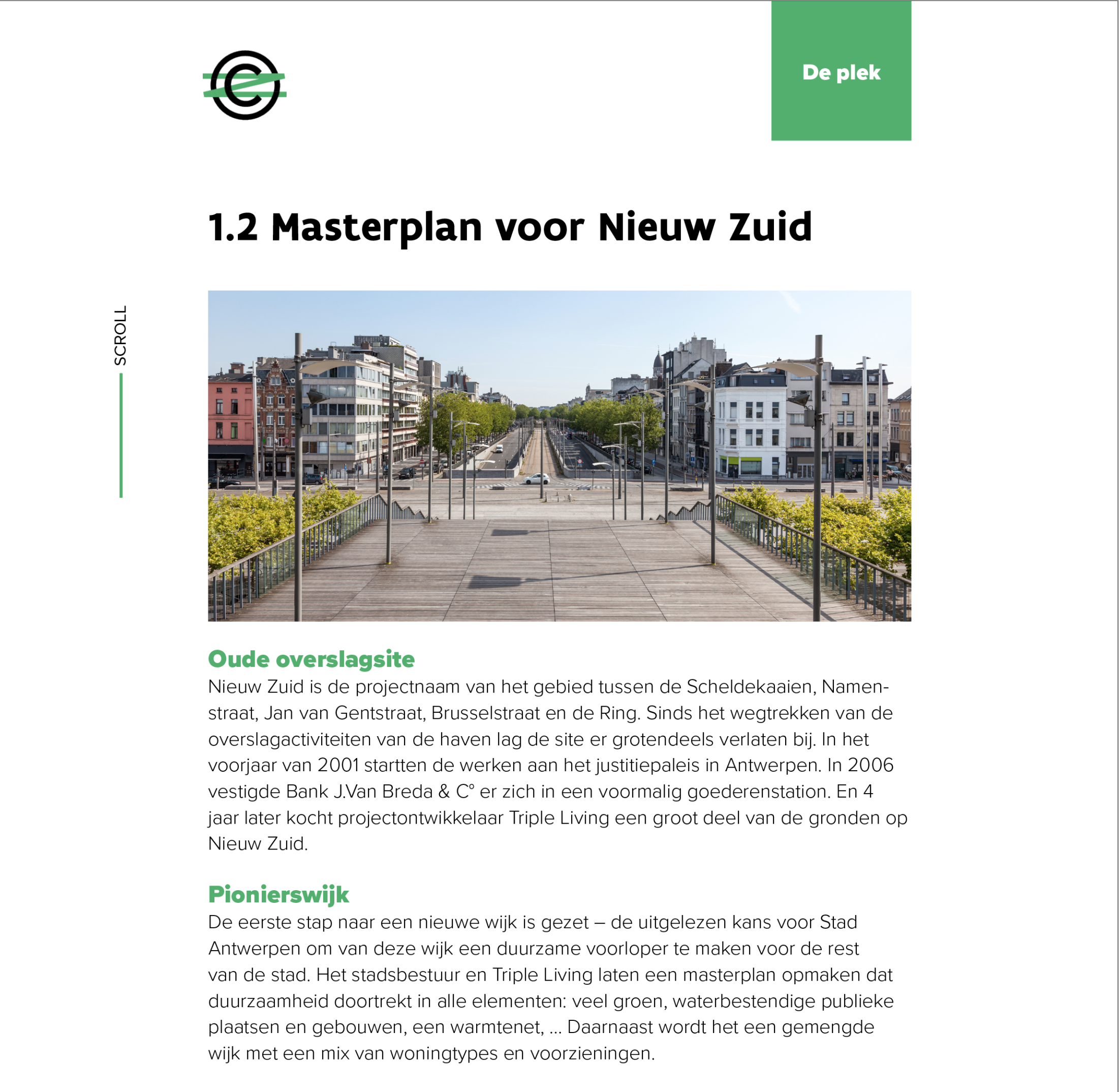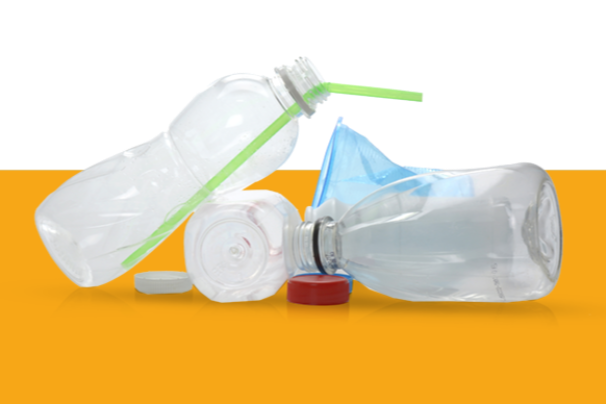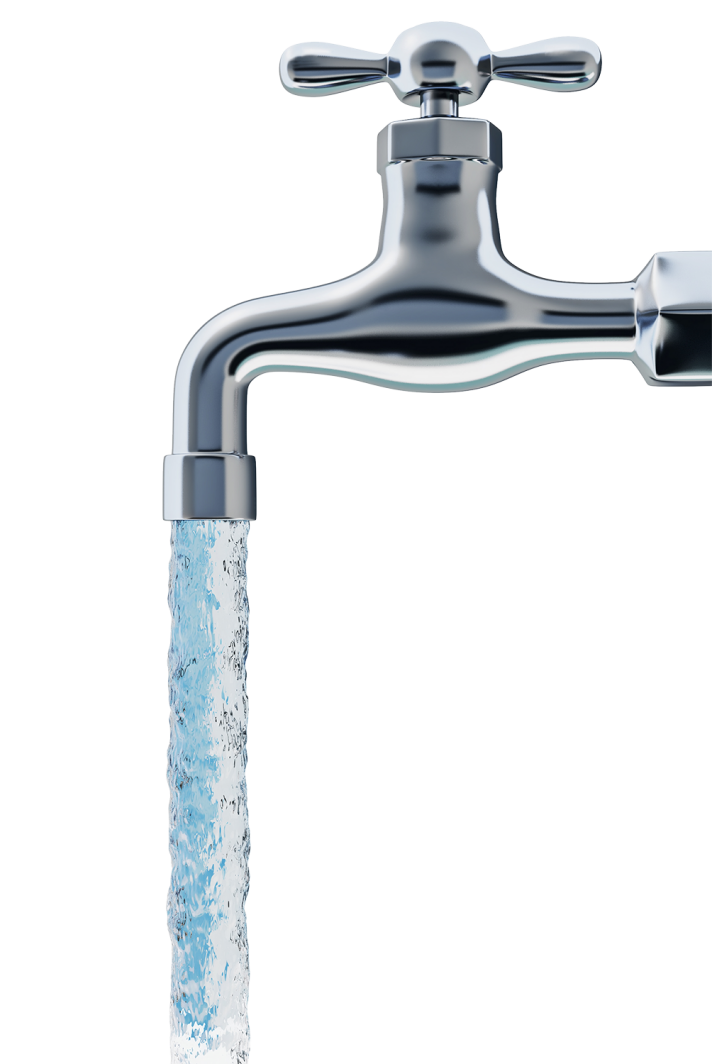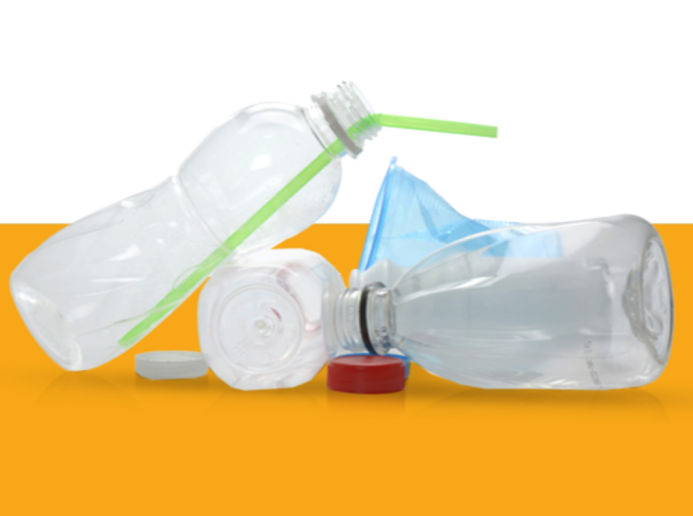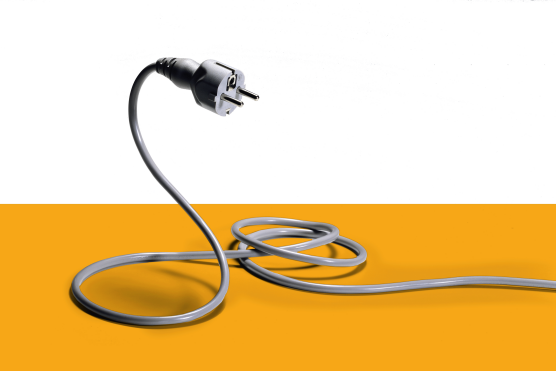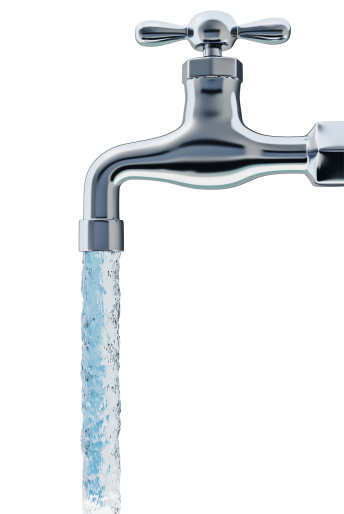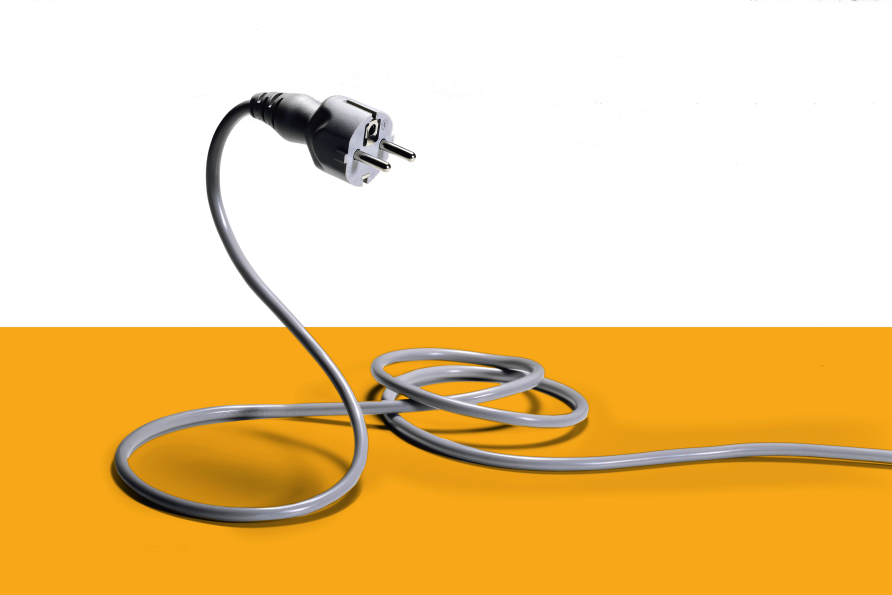

SCROLL
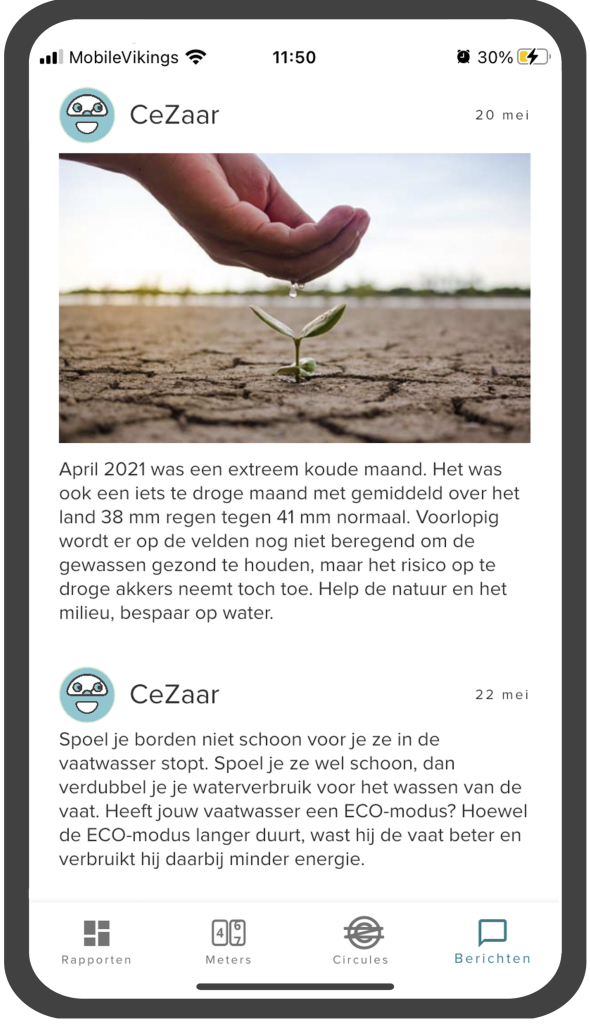
The results




Process

How do you bring people to consistent circular behaviour?
What?
We organised six nudging actions to reduce use of energy and water, and to lower waste accumulation and disposal. We arranged this via the Circular South app in particular. The actions lasted at least one to three months.
A period this long was needed in order for new behaviour to become habitual.
How?
We used seven nudging mechanisms to give the residents a push.
They included information, competition and reward.
Responsible partners?
imec, with the support of the Free University of Brussels, Ghent University,
and VITO.
Result?
Half the actions resulted in significant reductions.
Most important lesson?
Residents like to monitor their use and they are stimulated by competition.





Evaluation

Results

How did we approach the nudging?
STEP 1. Setting SMART goals
We set out goals using the SMART principle: Specific, Measurable, Acceptable, Realistic and Time-based. For example, we wanted to reduce energy use by 10% across the reference year 2019.
STEP 2. Choosing mechanisms
Circular South chose seven types of nudging mechanisms:
Information: Information is crucial for stimulating behavioural change. For example, our participants received a weekly report on their energy and waste use. Through the app, they received tips or were asked short questions, like: ‘Did you bring your own containers to the shop?’
The ‘We’ feeling: Residents were addressed in the ‘we’ form, to emphasise the collective identity of New South. Also, group challenges were organised — next to individual challenges — such as waste reduction by 10% across the entire neighbourhood.
Competition between groups: We showed which groups did better. Important: this mechanism must be used carefully. Competition will help some groups or people to perform better, but there’s a risk that it will have the opposite effect too.
Repetition: It’s important to repeat messages to change behaviour. As such, we used the app to let everyone know, every day, when there was a lot of green energy available. That was the best time to run the washing machine or charge computers.
Commitment: With every nudging action, we asked who would participate. When they committed, it stimulated people to do well and keep their efforts up.
Rewards: Residents could earn circules —virtual points—when they did well. For example, running their washing machine between 11 a.m. and 3 p.m. when green energy was available.
Images: To add to the power of our message, we used photos to stir up a positive or negative emotion.
STEP 3. Selecting groups?
You could choose to divide the target group into various groups for a comparative test. We didn’t do that, but sent the nudging messages to everyone. We did send specific reward messages to a specific group.
STEP 4. Programming triggers
In the back-end system of the app, we stipulated who
would receive which messages. For example:
if a resident used their washing machine between
11 a.m. and 3 p.m., they received a message to say
they had earned 2,500 circules. We used the data
from the smart power sockets in each household.
STEP 5. Drafting messages
For each experiment, the actual messages were written.
Each message referred to a specific nudging mechanism.
STEP 6. Tests
We sent a few messages to test accounts to
check whether the messages were being sent correctly.
STEP 7. Evaluation
After every action, we asked the participants for feedback,
via focus groups, interviews or a questionnaire.
We directly asked which nudging mechanisms worked
the best for them and which information they most wanted
to receive.
Behavioural change
Focus points: by combining so many different nudging mechanisms, it is not always clear which mechanism had the greatest impact. However, all the mechanisms clearly reinforced each other.
In addition, some experiments took place during the Covid-19 pandemic. This may have affected the results of our experiments.




SUCCEEDED!
60% of the participants managed to reduce their water consumption by 10% for 4 weeks.

Use reduced by 10%.
of participants


SUCCEEDED
16% less garbage compared to October 2019,
18% less garbage than in the lockdown period in March and April 2020.
Household waste or garbage reduced by 10%.
Plastic-free month



PARTIALLY
SUCCEEDED
3% of the participants succeeded in reducing energy use by 10% for four weeks.
17% used 10% less energy for three weeks, 38% managed it for two weeks, and 21% managed it for just one week.
26% succeeded in moving their electricity use to times when more green energy is available. In the evening peak hours, use dropped by 15%.
Energy use reduced by 10%.
Use during the peak hours moved to hours when green energy available

of participants


FAILED
March 2020: increase of 27%
or 1,470 litres of garbage.
April 2020: increase of 36%
or 1,890 litres of garbage
Cause: Most likely due to lockdown
Household waste or garbage reduced by 10%.
Plastic-free month
of participants



FAILED
14% fewer washing loads outside the most beneficial times
Fewer washing loads
> Possibly due to the shorter month
Energy use lowered by 10%
Use during peak hours moved to times when green energy available
participants

Results
Process
What?
We organised six nudging actions to reduce use of energy and water, and to lower waste accumulation and disposal. We arranged this via the Circular South app in particular. The actions lasted at least one to three months.
A period this long was needed in order for new behaviour to become habitual.
How?
We used seven nudging mechanisms to give the residents a push.
They included information, competition and reward.
Responsible partners?
imec, with the support of the Free University of Brussels, Ghent University,
and VITO.
Result?
Half the actions resulted in significant reductions.
Most important lesson?
Residents like to monitor their use and they are stimulated by competition.
How do you bring people to consistent circular behaviour?

Focus points: by combining so many different nudging mechanisms, it is not always clear which mechanism had the greatest impact. However, all the mechanisms clearly reinforced each other.
In addition, some experiments took place during the Covid-19 pandemic. This may have affected the results of our experiments.







participants
FAILED
No clear long-term behavioural change.


Previous experiments repeated



Evaluation
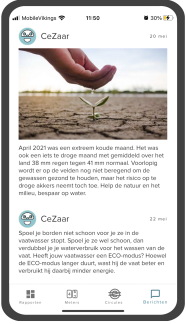
How did we approach the nudging?
STEP 1. Setting SMART goals
We set out goals using the SMART principle: Specific, Measurable, Acceptable, Realistic and Time-based. For example, we wanted to reduce energy use by 10% across the reference year 2019.
STEP 2. Choosing mechanisms
Circular South chose seven types of nudging mechanisms:
Information: Information is crucial for stimulating behavioural change. For example, our participants received a weekly report on their energy and waste use. Through the app, they received tips or were asked short questions, like: ‘Did you bring your own containers to the shop?’
The ‘We’ feeling: Residents were addressed in the ‘we’ form, to emphasise the collective identity of New South. Also, group challenges were organised — next to individual challenges — such as waste reduction by 10% across the entire neighbourhood.
Competition between groups:
We showed which groups did better. Important: this mechanism must be used carefully. Compe-tition will help some groups or people to perform better, but there’s a risk that it will have the opposite effect too.Repetition: It’s important to repeat messages to change behaviour. As such, we used the app to let everyone know, every day, when there was a lot of green energy available. That was the best time to run the washing machine or charge computers.
Commitment: With every nudging action, we asked who would participate. When they committed, it stimulated people to do well and keep their efforts up.
Rewards: Residents could earn circules —virtual points—when they did well. For example, running their washing machine between 11 a.m. and 3 p.m. when green energy was available.
Images: To add to the power of our message, we used photos to stir up a positive or negative emotion.
STEP 3. Selecting groups?
You could choose to divide the target group into various groups for a comparative test. We didn’t do that,
but sent the nudging messages to everyone. We did send specific reward messages to a specific group.
STEP 4. Programming triggers
In the back-end system of the app, we stipulated who would receive which messages. For example:
if a resident used their washing machine between 11 a.m. and 3 p.m., they received a message to say they had earned 2,500 circules. We used the data from the smart power sockets in each household.
STEP 5. Drafting messages
For each experiment, the actual messages were written. Each message referred to a specific nudging mechanism.
STEP 6. Tests
We sent a few messages
to test accounts to
check whether the
messages were being
sent correctly.
STEP 7. Evaluation
After every action, we asked the participants for feedback, via focus groups, interviews or a questionnaire.
We directly asked which nudging mechanisms worked the best for them and which information they most wanted to receive.
The results
